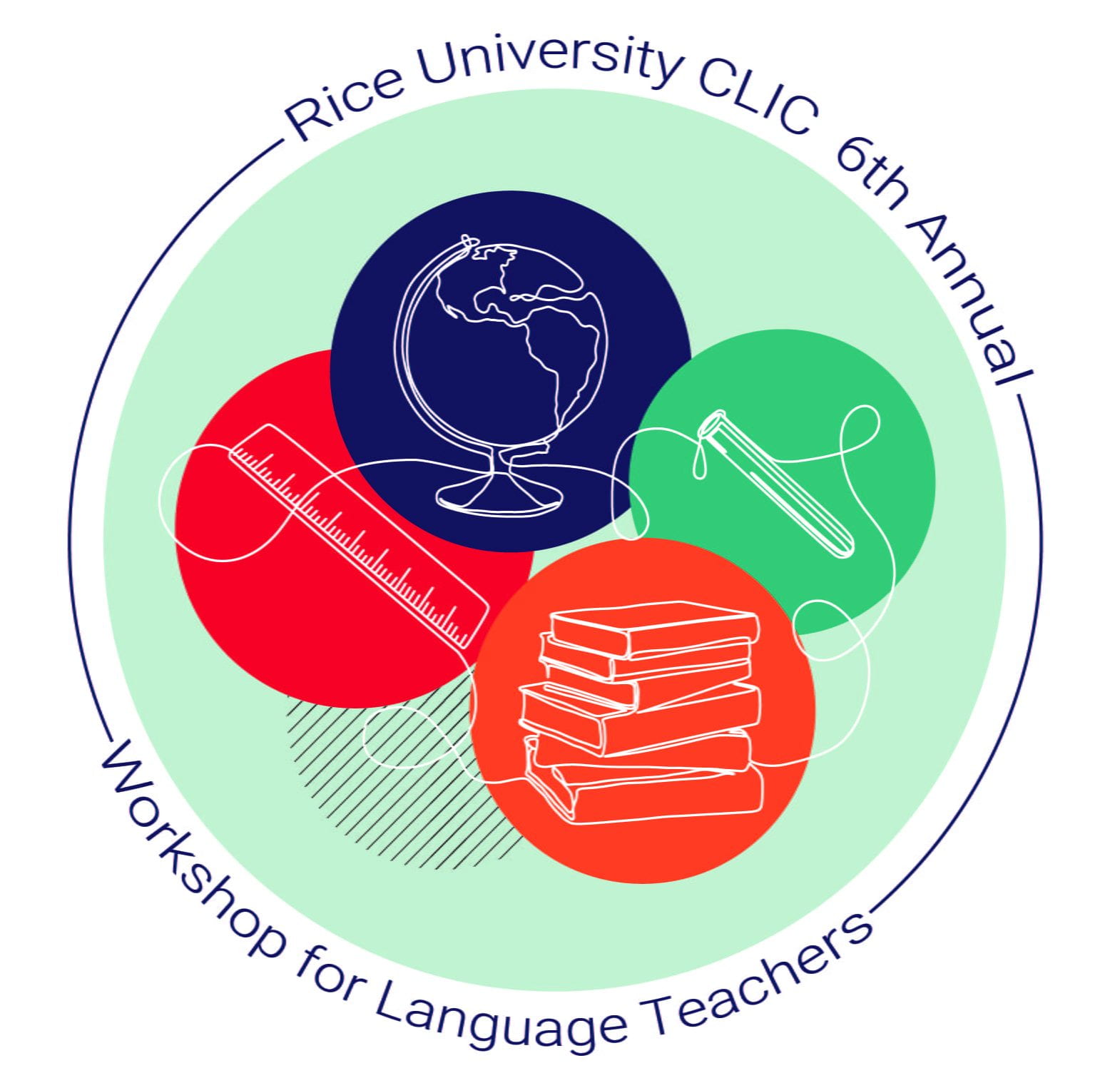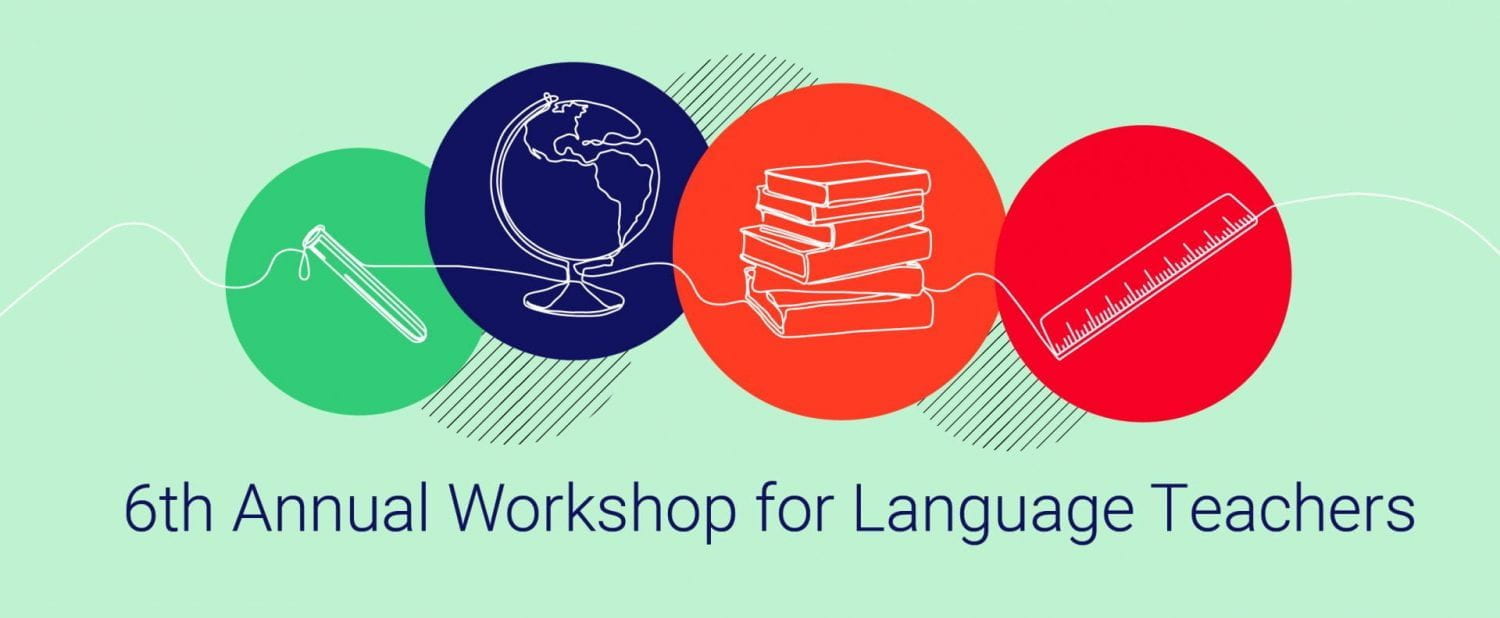Teaching languages across the curriculum:
Perspectives on integrating language and content
The theme of this year’s workshop is the integration of language teaching with content instruction, which is not a teaching methodology as such, but rather an approach to curriculum development. In the mid-2000s, language educators in the U.S. called to foster students’ trans-lingual and trans-cultural competence (MLA, 2007). In Europe, the term plurilingualism (Council of Europe, 2006) is used. Both emphasize the development of the learners’ ability to make use of different languages and move between their respective cultural frameworks. To promote plurilingualism or trans-lingual/ trans-cultural competence, teachers can employ a content-based instructional approach (Cammarata, 2010).
This approach provides students with meaningful and relevant content, creating opportunities for purposeful communication and motivating second language learning. It also allows them to develop their social and cognitive skills. Integrating language and content exposes students to different contexts and promotes acquisition of authentic and useful forms. In addition, they are also given the opportunity to link new to already known ideas and skills, which allows for deeper learning (Brinton & Snow, 2017).
Although there is an interest in foreign language education to integrate language and content, content-based instruction is still rare in K-16 classrooms in the U.S. (Cammarata, 2010). Our 2021 workshop will show teachers how to successfully integrate language and content. The workshop will approach content-based instruction from different content areas such as medicine; science, technology, engineering, and mathematics; literature; and social justice. The workshop collaborators will provide not only ideas and suggestions for an effective language/ content integration but also concrete teaching materials.

